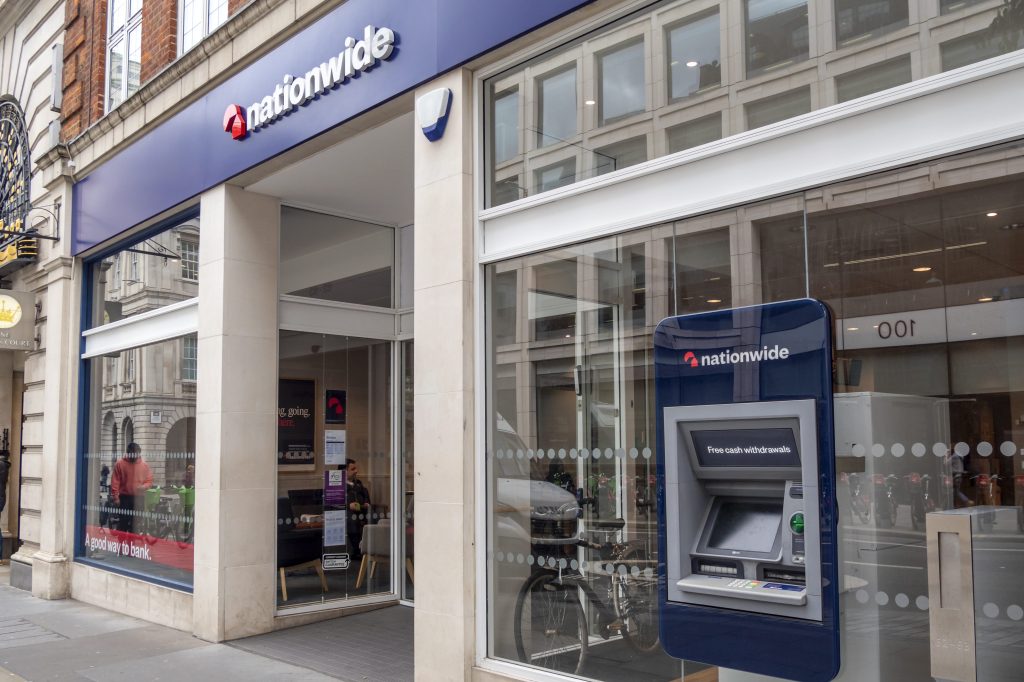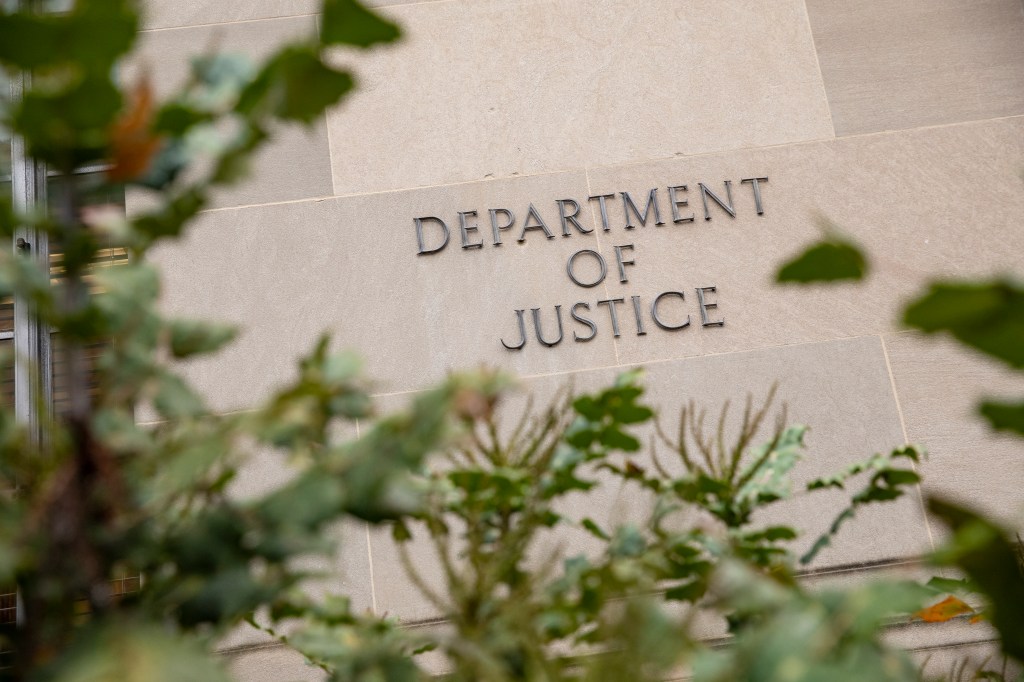The former CEO of a Nevada-based healthcare company has been convicted of insider trading in a landmark case involving the executive’s use of a safe harbor that, in this case, could not shield him from a jury conviction.
A Los Angeles jury found Terren Peizer, who also served as the
Register for free to keep reading.
To continue reading this article and unlock full access to GRIP, register now. You’ll enjoy free access to all content until our subscription service launches in early 2026.
- Unlimited access to industry insights
- Stay on top of key rules and regulatory changes with our Rules Navigator
- Ad-free experience with no distractions
- Regular podcasts from trusted external experts
- Fresh compliance and regulatory content every day
















